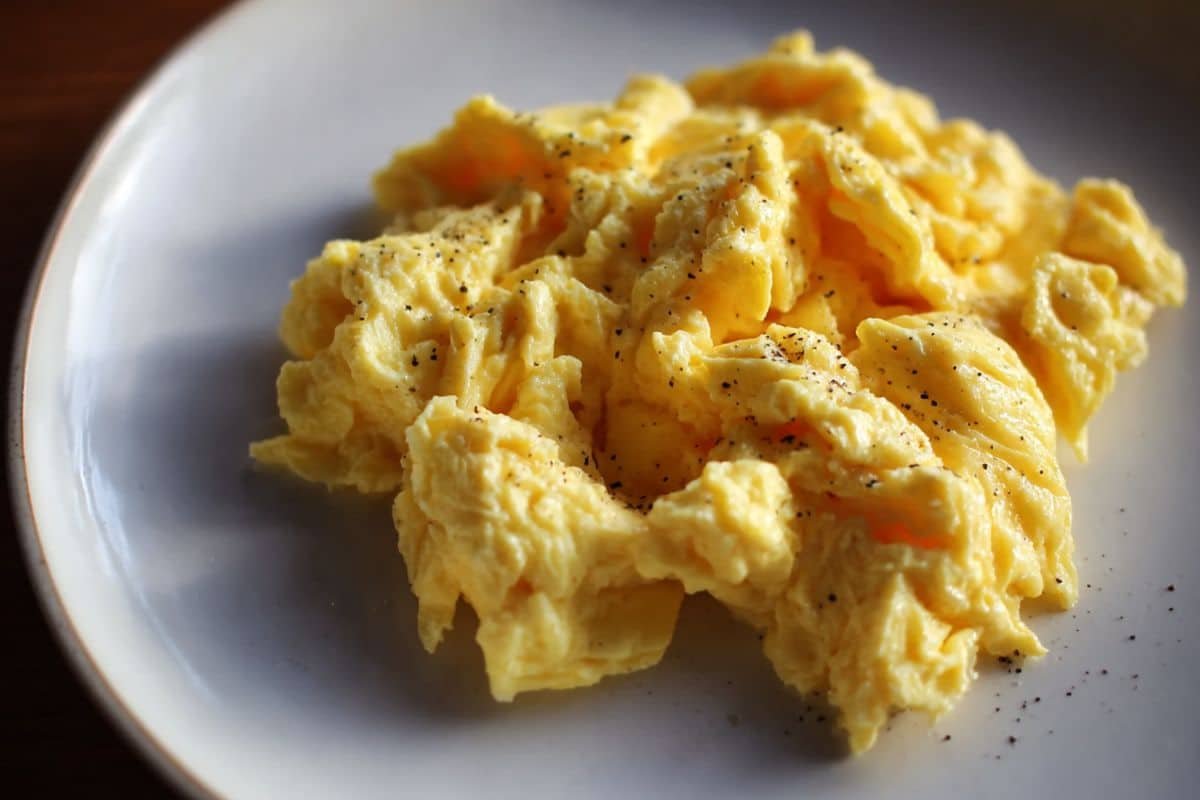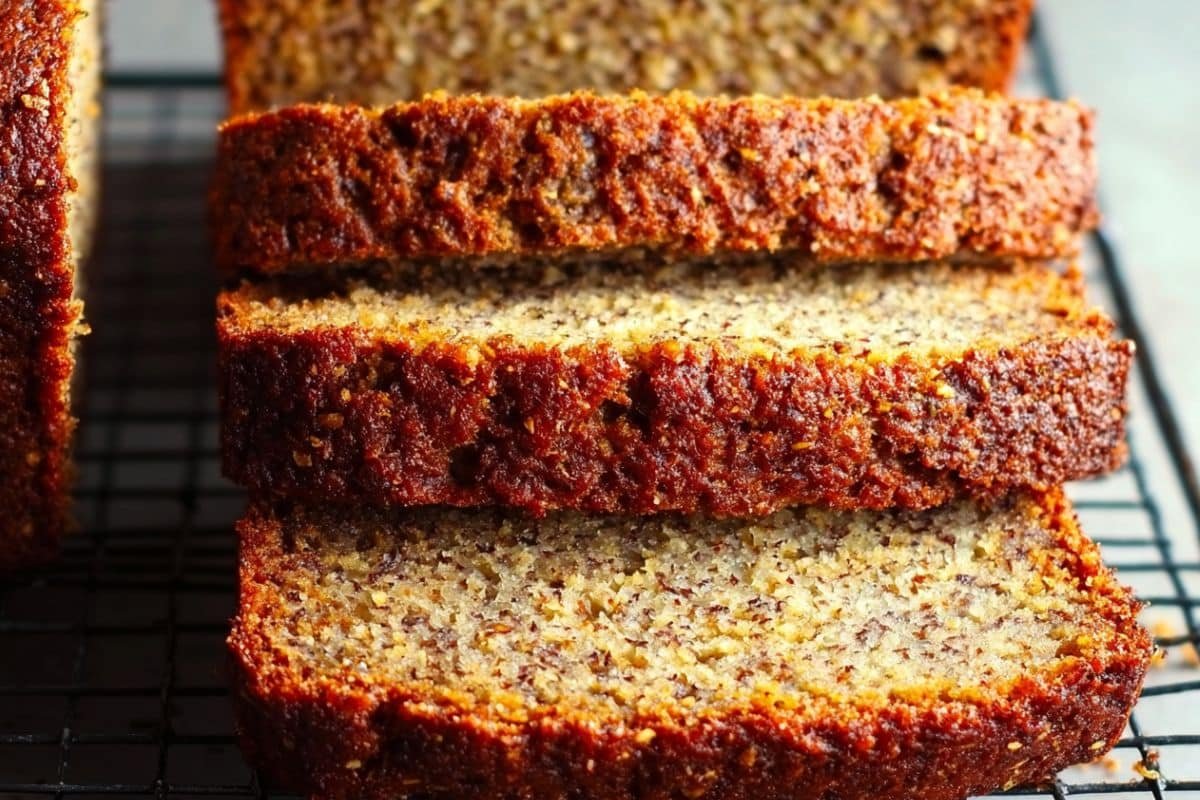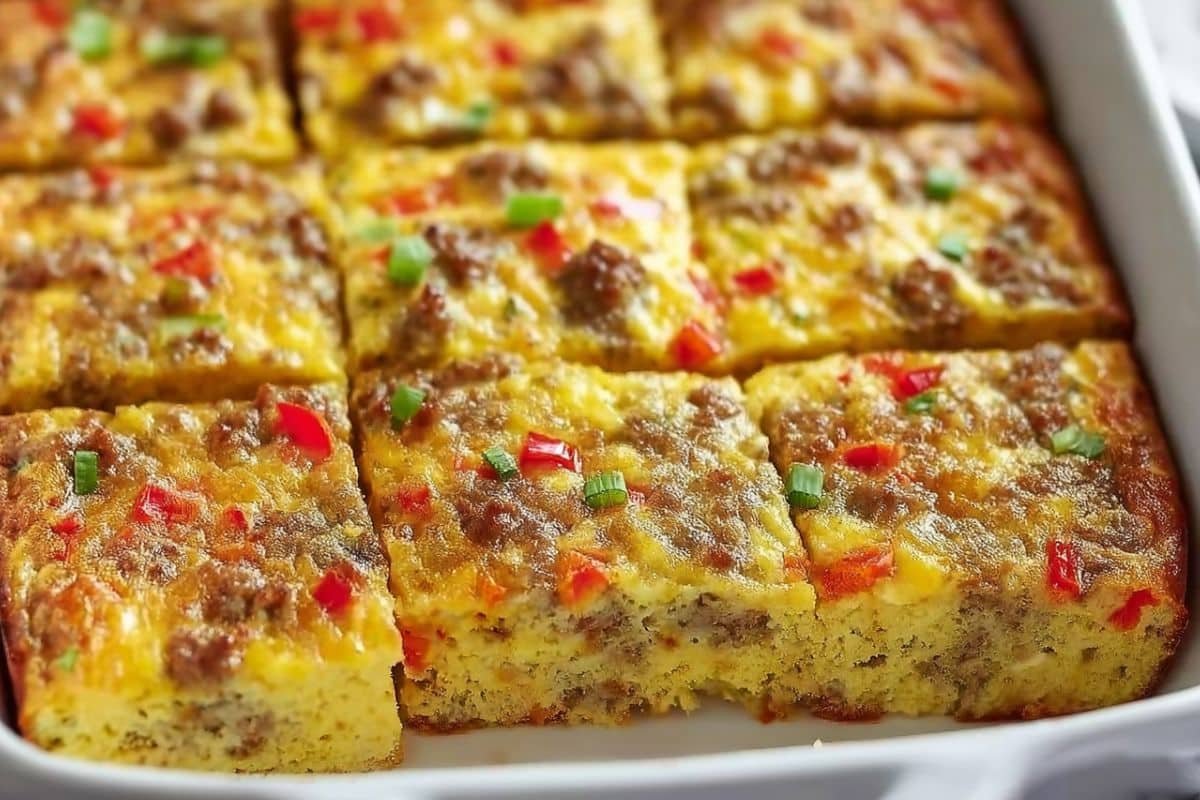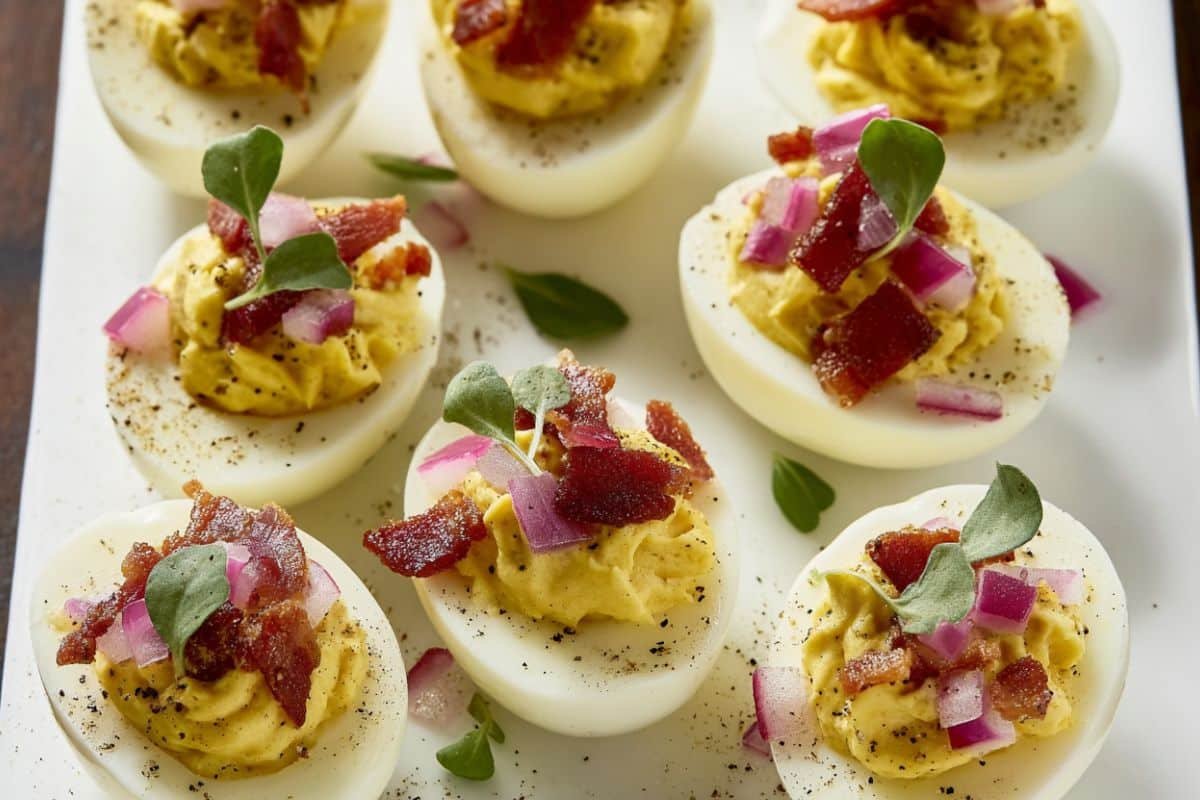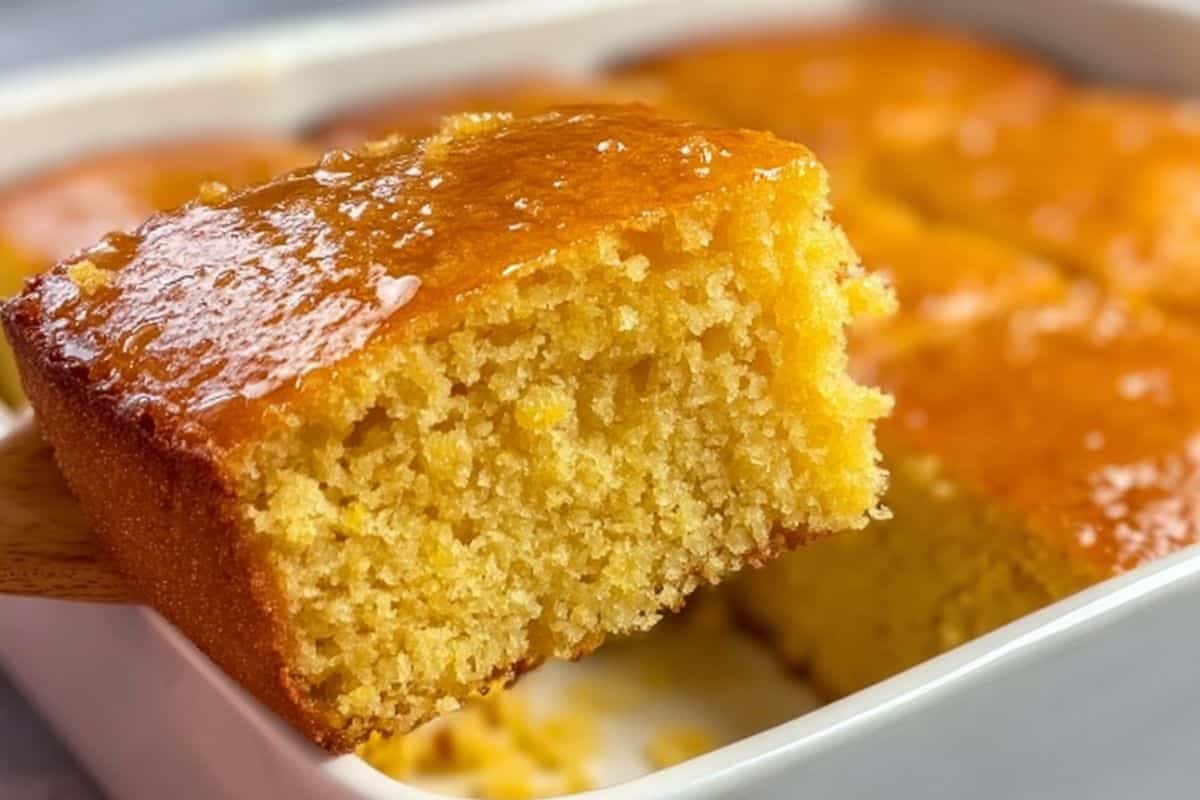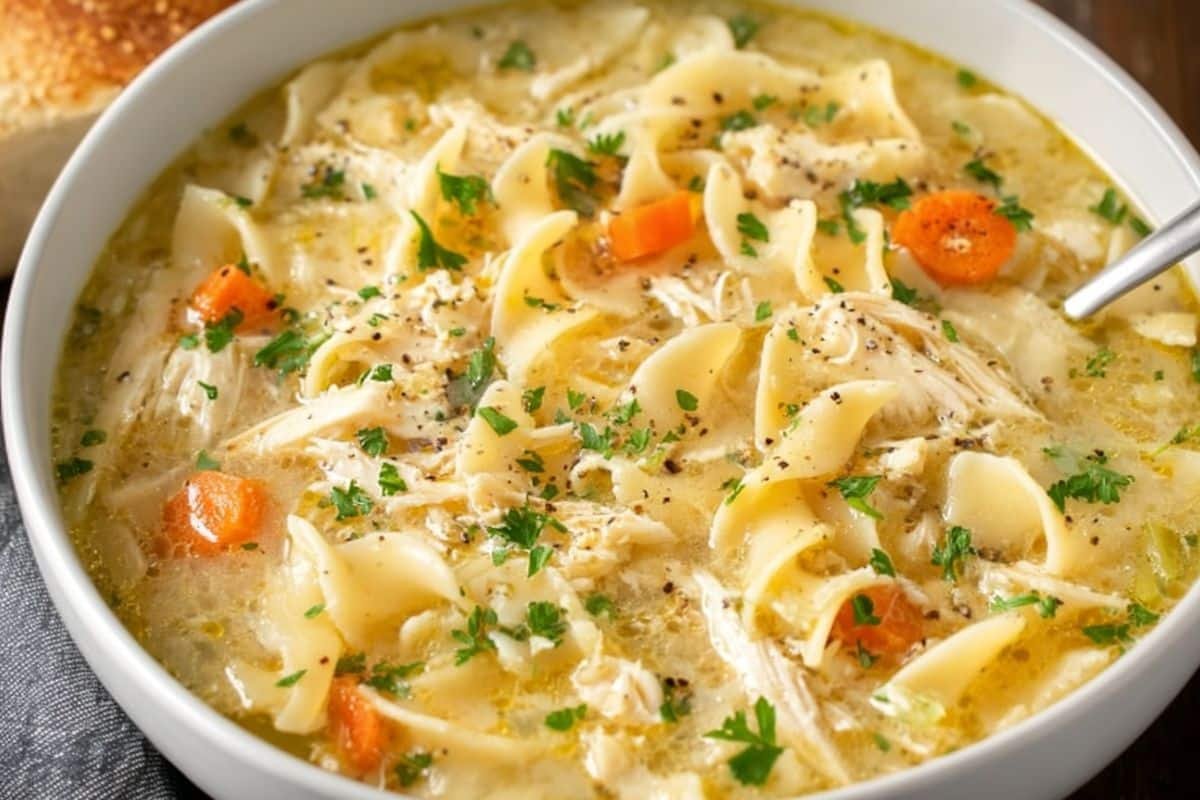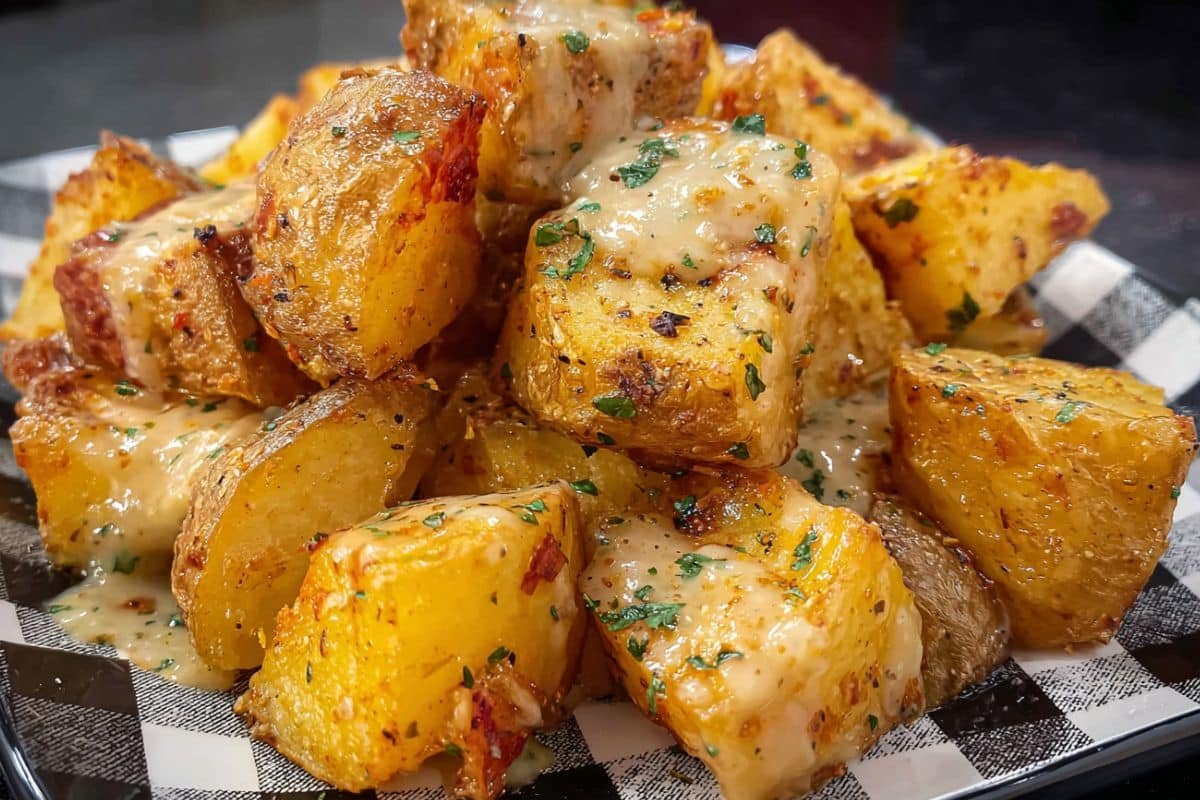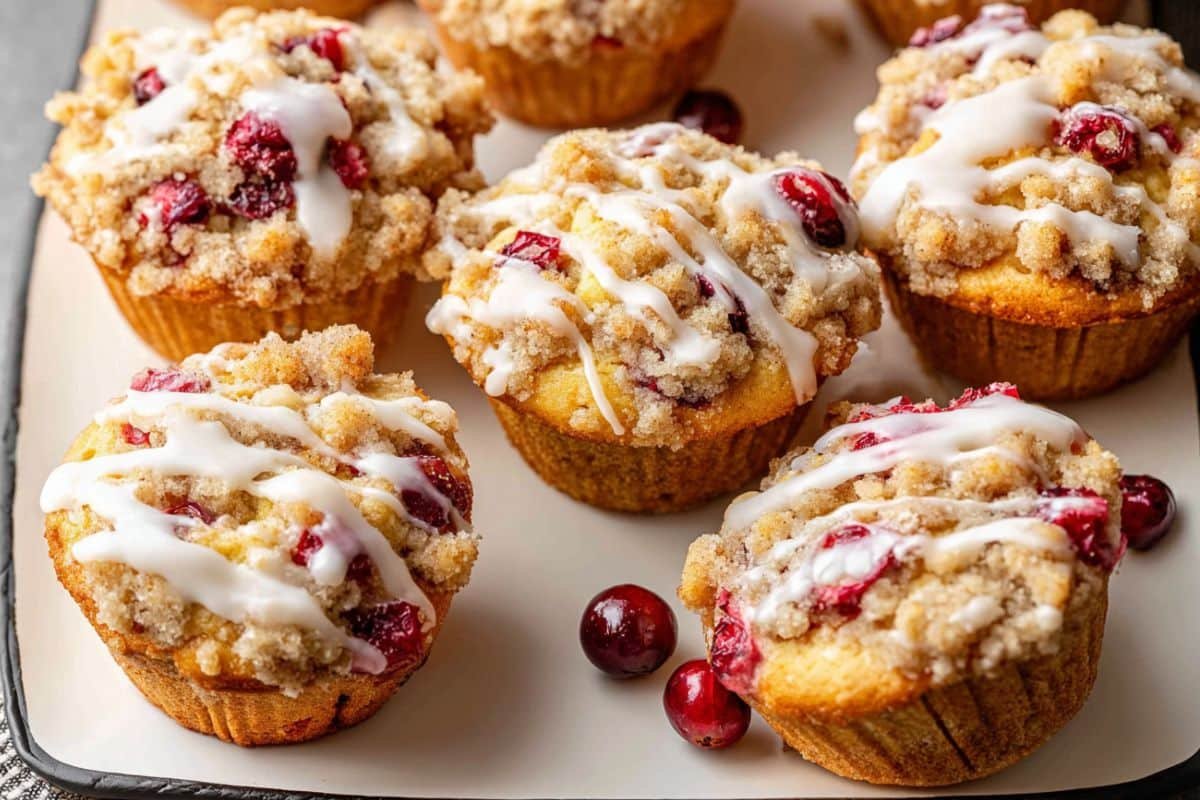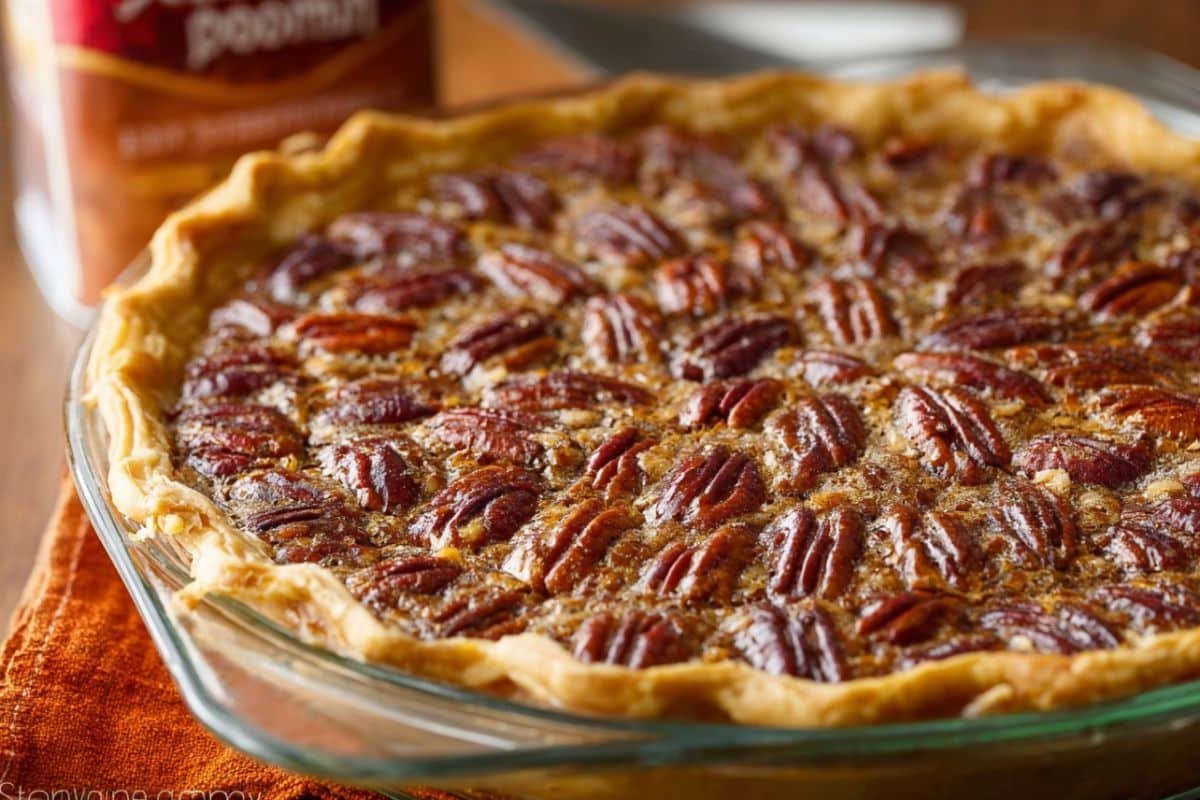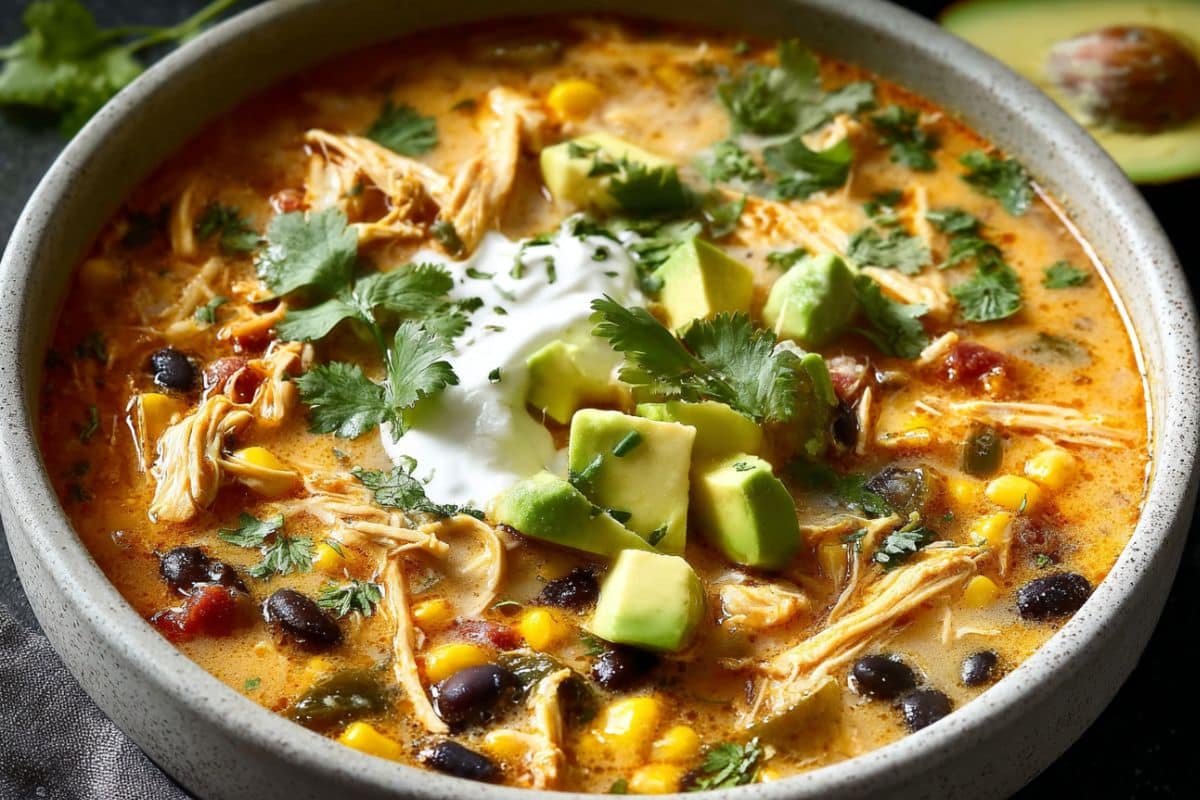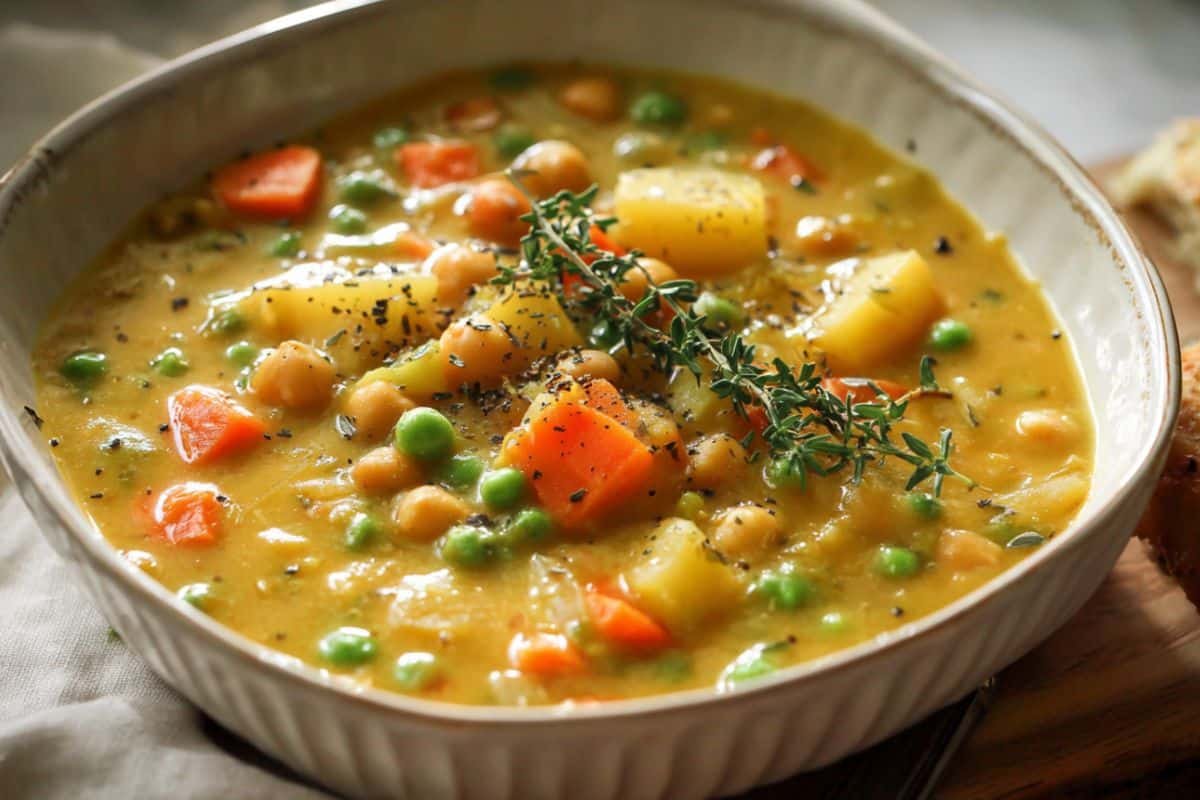The best scrambled eggs are all about technique, and this recipe elevates them to silky perfection. By cooking the eggs low and slow, you get a luxurious, custard-like texture that’s impossible to achieve with rushed methods. Inspired by the legendary James Beard and passed down through Mark Bittman, this method transforms a humble breakfast staple into something truly special. Whether you’re preparing a lazy weekend brunch or a comforting breakfast-for-dinner, this dish will impress. Ready in 40 minutes, it’s a simple yet indulgent treat that highlights the beauty of basic ingredients done right.
Why You’ll Love This Scrambled Eggs Recipe
These scrambled eggs are not just breakfast—they’re a revelation. You’ll love the tender, silky texture that melts in your mouth, a far cry from the rubbery versions we’ve all had before. The secret? Very low heat and patient, frequent stirring. This foolproof method delivers consistently perfect results and gives you time to savor the process. Plus, it’s a blank canvas for your favorite herbs, cheeses, or a side of crispy bacon.
Ingredients
- 8 large eggs
- Salt, to taste
- Freshly ground black pepper, to taste
- 2 tablespoons unsalted butter (plus more if needed)
Step-by-Step: How to Make the Best Scrambled Eggs
- Crack and Season: Crack the eggs into a bowl. Add a pinch of salt and pepper, then whisk until well blended and slightly frothy.
- Heat the Pan: Place a nonstick or heavy-bottomed skillet over very low heat. Add butter and let it melt gently.
- Add Eggs: Pour the eggs into the pan. Allow them to sit untouched for a short while until you see the edges just starting to solidify.
- Stir Slowly: With a wooden spoon or silicone spatula, gently and steadily stir the eggs, continuously sweeping along the bottom and sides of the pan.
- Cook Low and Slow: Keep stirring frequently, making sure the curds stay small and the eggs cook evenly.
- Check for Doneness: After 30-40 minutes, the eggs should be soft, glossy, and slightly runny.
- Serve: Turn off the heat just before the eggs are fully cooked—they will finish setting from residual warmth. Serve promptly.
Helpful Tips
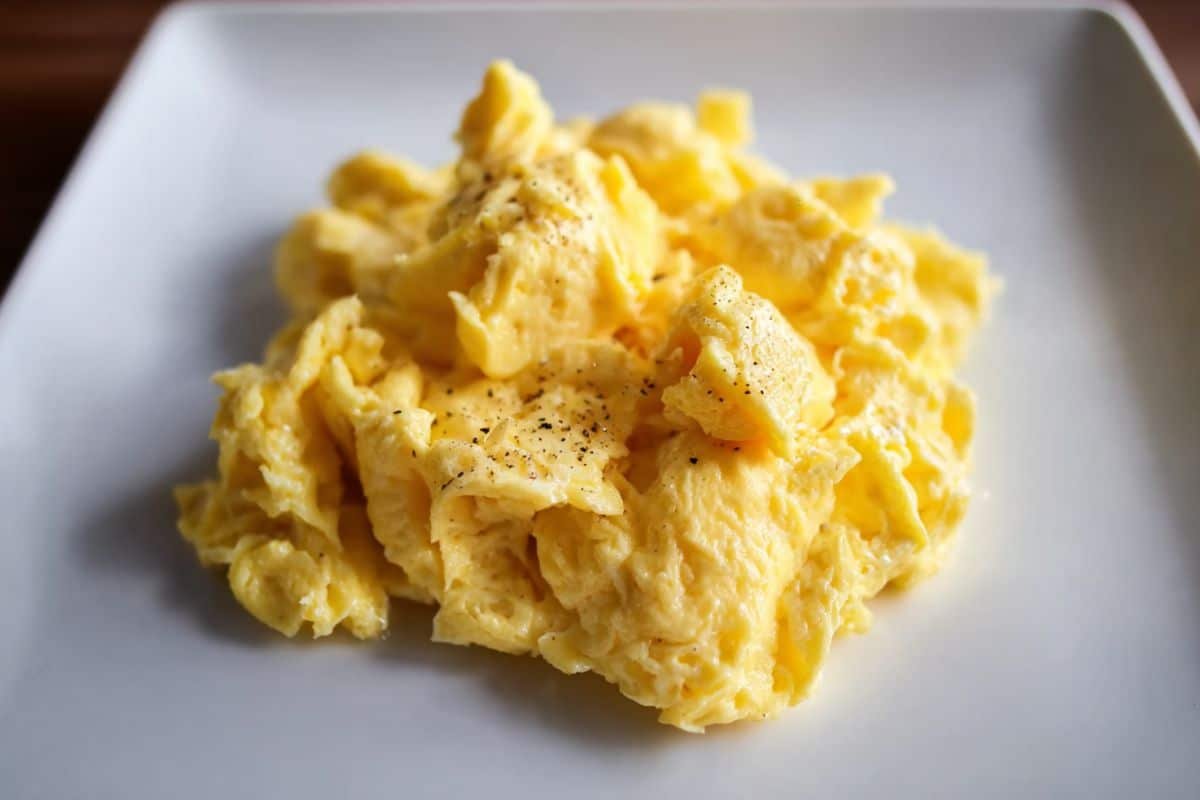
- Use the highest-quality fresh eggs you can find to ensure superior flavor and texture.
- Beat the eggs thoroughly to incorporate air, resulting in a light and fluffy consistency.
- Stir gently and constantly to prevent large curds from forming.
- A heavy-bottomed or nonstick skillet helps maintain consistent low heat.
- Add a splash of cream or milk for even creamier eggs, if desired.
Substitutions And Variations
- Butter Substitute: Consider using ghee or light olive oil to impart a distinct yet delicious flavor.
- Add-Ins: Mix in fresh herbs (like chives or tarragon), shredded cheese, or a dollop of crème fraîche.
- Dairy-Free: Omit butter and use a plant-based oil or margarine.
- Spicy Twist: Add a dash of hot sauce or sprinkle in some chili flakes for heat.
Storage Instructions
Scrambled eggs are best when served immediately, but leftovers can be stored in an airtight container in the refrigerator for up to 2 days. For best results, reheat slowly in a skillet with a bit of butter. Avoid the microwave, which can make the eggs rubbery and dry.
Nutritional Information
Per Serving (based on 4 servings):
- Calories: 180
- Protein: 12g
- Fat: 14g
- Saturated Fat: 6g
- Carbohydrates: 1g
- Fiber: 0g
- Sugar: 0g
- Sodium: 150mg
Serving Suggestions
Pair your silky scrambled eggs with buttery toast, crispy bacon, or sautéed spinach for a balanced breakfast. They also shine with a side of roasted tomatoes or avocado slices. For brunch, serve with fresh fruit and a cup of rich coffee or fresh orange juice.
Frequently Asked Questions About The Best Scrambled Eggs
How do I know when the eggs are done? Look for a soft, slightly runny, and glossy appearance. That’s your cue to take them off the heat—they’ll finish cooking with their residual warmth.
Can I use a regular frying pan? Yes, but a nonstick or heavy-bottomed pan is best to maintain even low heat.
What if I don’t have 40 minutes? You can raise the heat slightly to save time, but doing so will compromise the luxurious texture of the eggs.
Are there shortcuts for the same result? There aren’t true shortcuts for this method, but stirring constantly and using a gentle heat will help speed things a bit while maintaining texture.
Can I freeze scrambled eggs? It’s not recommended, as freezing changes the texture. Stick to making them fresh when possible.
Conclusion
Thank you for joining me in making the best scrambled eggs you’ll ever taste. This recipe has a special place in my kitchen, not only because it’s delicious but because it celebrates the joy of slow, mindful cooking. With just a few ingredients and a little patience, you can turn ordinary eggs into a gourmet experience. I hope this method brings as much comfort and satisfaction to your mornings as it does to mine. Happy cooking, and thank you for being part of this food-loving community!
Print
The Best Scrambled Eggs
- Prep Time: 5 minutes
- Cook Time: 35 minutes
- Total Time: 40 minutes
- Yield: 4 servings 1x
Description
The Best Scrambled Eggs start with low heat and fresh eggs. Learn this step-by-step method for soft, creamy eggs. Try it today!
Ingredients
-
8 large eggs
-
Salt, to taste
-
Freshly ground black pepper, to taste
-
2 tbsp unsalted butter (plus more if needed)
Instructions
-
Crack eggs into a bowl, season with salt and pepper, and whisk until frothy.
-
Melt butter in a nonstick skillet over very low heat.
-
Pour in eggs; let sit briefly until edges begin to set.
-
Stir slowly and continuously with a spatula, scraping the pan.
-
Cook low and slow until eggs are soft and glossy, 30–40 minutes.
-
Remove from heat just before fully set. Serve immediately.
Notes
For fluffier eggs, whisk thoroughly to add air. Use the freshest eggs for best flavor. Add herbs, cheese, or spices for variation.
Nutrition
- Serving Size: 1/4 of recipe
- Calories: 180
- Sugar: 0g
- Carbohydrates: 1g
- Protein: 12g

